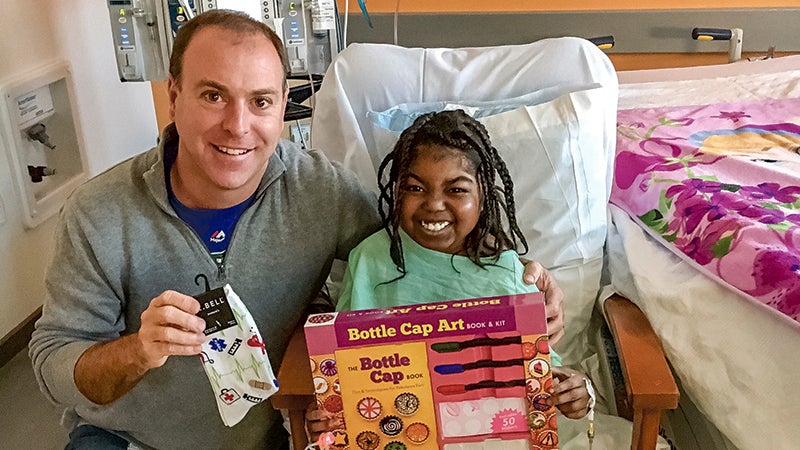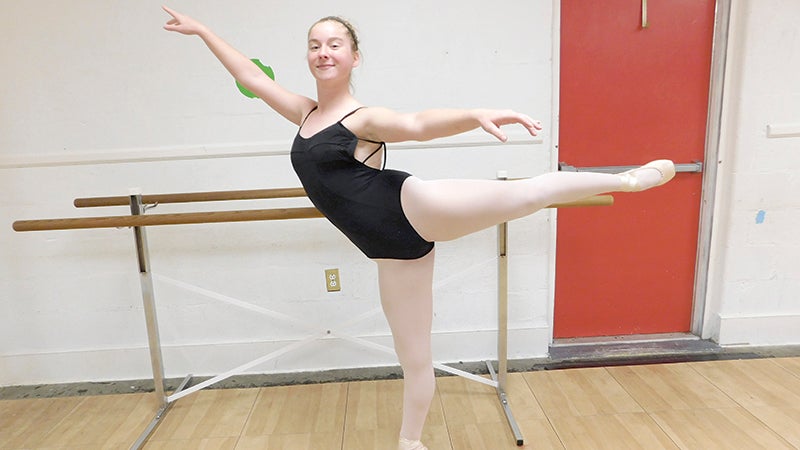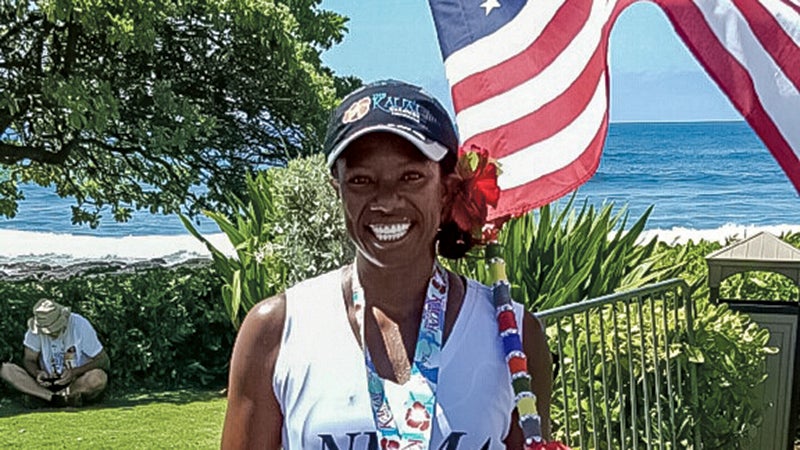Flipping out at KFHS
Published 9:36 pm Wednesday, February 5, 2014

In her King’s Fork High School classroom, biology teacher Sherri Story uses the flipped classroom strategy to teach seniors Aaron Dawley, Orquidea Aleagha and Kayla Vincent.
In Sherri Story’s classroom, the odd furniture arrangement has nothing to do with feng shui. It’s more about learning.
Rather than all being rectangular and racked up facing the teacher, many tables are round, and they’re scattered about the room.
Story, an International Baccalaureate biology teacher at King’s Fork High School, flipped her classroom about two years ago.
A Harvard professor initially developed the flipped classroom concept in the 1990s. Students learn new content outside the classroom, which then becomes a setting for other things like one-on-one coaching, interactive projects and group discussion.
The Khan Academy was an early adopter of the concept, which a pair of chemistry teachers from a Colorado high school helped spread by writing an influential book on it.
“They get their lecture material at home on video,” Story said Wednesday, during her third classroom open house on flipping.
Some teachers create their own videos, she said, but Story uses videos that have been uploaded to websites like YouTube.
Students take notes, Story said, to help absorb the new content, for review and also to teach different methods of note taking. “When they come to class, then they do practical, hands-on work with those concepts,” she said.
Story said she does a lot of modeling — working on projects Wednesday, they explored how pathogens spread — and students are encouraged to explain how the concepts they are learning actually work.
It all promotes independent learning that’s invaluable when, beyond school, education becomes a matter of personal enterprise rather than a state-mandated requirement, Story said.
“The students learn how to be self-directed learners,” she said. “No one’s going to stand up and lecture in the marketplace,” she said. “This is the success of it.”
When a reporter visited Story’s latest open house, also sitting in was Alexis Brueggeman, her former IB student and now a freshman in Old Dominion University’s education program.
Brueggeman said she was gleaning material for a textbook she’s writing with classmates. “We are creating our own textbook as a class, rather than having to buy it,” she explained. Her chapter was on instructional strategies, focusing on the flipped method after having experienced it with Story.
“I found it very interesting, because it does prepare you better for college, and it’s a different way of learning,” Brueggeman said. “It was a breath of fresh air from the traditional classroom.”
Story, who last year led a district training session on the strategy, said she knows of 10 teachers within the school district “now actively engaged in the flipped model … but there can certainly be more.”
Many educators are interested in the strategy, she said, “but it takes time to change your teaching method around.”
As for parents, she said she sent a letter home with students last year explaining the strategy, and some have asked questions during her open houses.
Story described flipping classrooms as a natural progression from the spread of Internet access in the classroom — King’s Fork High piloted allowing student use of smartphones, a policy now allowed by teacher discretion in Suffolk’s other two public high schools.
“This is a generation that wants to have conversations,” Story said. “They don’t want to be lectured to.”
Teaching strategies are always measured by results, and Story said her students are learning beyond expectations.
She said she became aware of the flipped classroom about three years ago, then spent a year attending a webinar by the Flipped Learning Network.
She has spoken on the topic for both the Virginia Association of Science Teachers and the Howard Hughes Medical Institute.





